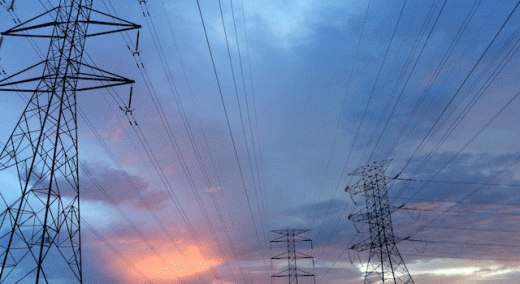(Oak Ridge National Laboratory: Oak Ridge, TN) -- Although blockchain is best known for securing digital currency payments, researchers at the Department of Energy’s Oak Ridge National Laboratory are using it to track a different kind of exchange: It’s the first time blockchain has ever been used to validate communication among devices on the electric grid.
The project is part of the ORNL-led Darknet initiative, funded by the U.S. Department of Energy’s Office of Electricity to secure the nation’s electricity infrastructure by shifting its communications to increasingly secure methods.
Cyber risks have increased with two-way communication between grid power electronics equipment and new edge devices ranging from solar panels to electric car chargers and intelligent home electronics. By providing a trust framework for communication among electrical devices, an ORNL research team led by Raymond Borges Hink is increasing the resilience of the electric grid. The team developed a framework to detect unusual activity, including data manipulation, spoofing, and illicit changes to device settings. These activities could trigger cascading power outages as breakers are tripped by protection devices.
…

Add new comment